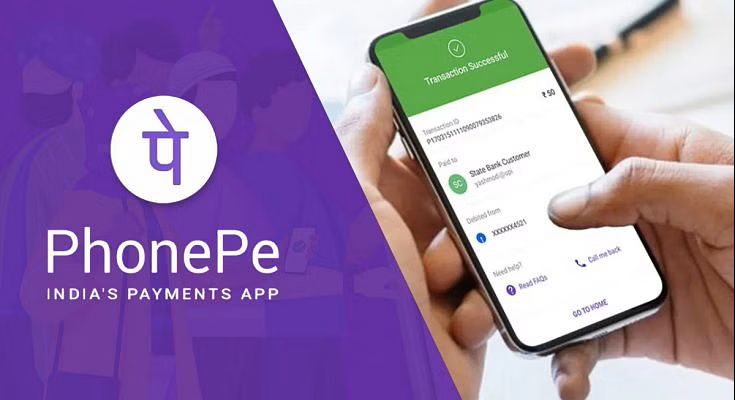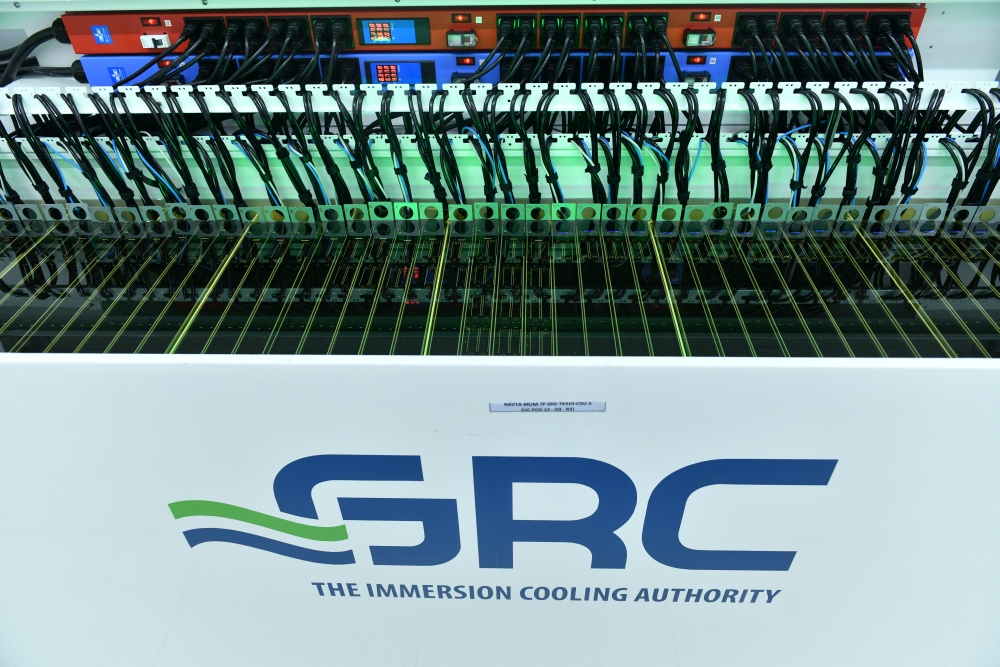What would you say if I told you that it is now possible to achieve a PUE rating for your data center of 1.3? Impossible! Not in India! That would probably be your response. Well, I’m telling you, it has just been done! But, to do that for your data center infrastructure, you’d have to allow a technical team from Dell Technologies and data center provider NTT, to remove your state-of-the-art servers from the rack and dip them in a tank of oil! Crazy, Eh? Well, it was done for payment app provider PhonePe and you have to speak to Burzin Engineer, Co-founder and Chief Reliability Officer, PhonePe for the details – and how they will soon benefit from advanced alternative cooling technologies like Direct Contact Liquid Cooling (DCLC) and Liquid Immersion Cooling (LIC). These hybrid and advanced cooling technologies reduce the carbon footprint and saves 25% on electricity. Read on to find out more about PhonePe’s power-optimized data center and how it will help them scale up their payment transactions next year.
The other technology partners that made this “first in the world” implementation possible are GRC, Intel, CoolIT, and Vertiv.
What is PUE?
According to Tech Target, Power Usage Effectiveness (PUE) is a metric used to determine the energy efficiency of a data center. The PUE factor is determined by dividing the total amount of power used by the data center (for heating, ventilation, and cooling – lights, fans, pumps, lifts, etc) by the power used to run only the IT equipment within it. PUE is expressed as a ratio, with overall efficiency improving as the quotient decreases toward 1.0 – which is what everyone targets.
Now traditional cooling systems (like direct air cooling and water chiller units) consume a lot of power and must be replaced by more sustainable solutions. And that’s where technologies like DCLC and LIC come in.
“A 1,000 watts server requires 100 watts of power to cool it. We required 700 watts of power to cool our infrastructure, and we wondered how to minimize that power,” PhonePe’s Burzin Engineer told a group of journalists at a media briefing this week.
He quoted (Intel Co-founder) Moore’s law – wherein, the number of transistors on a processor doubles every eighteen months. Cramming more processors on a chip (through shrinking processes technologies) also makes the chip run hotter, which calls for more power to cool it. For instance, Intel lake processors have 7 billion transistors.
“Oil is a good conductor of heat but a poor conductor of electricity. So that was the medium selected for cooling servers,” explains Engineer. “It’s also good for the environment and can actually increase the mean time between failures for servers by 30-35%.”
But this engineering feat had never been done before and was done for the first time in the world and done in India.
Green Data Center
Power efficiency and sustainable technologies are essential features for establishing a green data center.
PhonePe’s 13,740 sq. ft. Green Data Center at Mahape, Navi Mumbai, is set to open up new opportunities in data management for PhonePe, with efficient data security, power efficiency, ease of operations, and cloud solutions. The center will also help the company to build sustainable and efficient infrastructure to further seamlessly scale its operations across the country.
This 4.8-megawatt facility is built and designed with advanced alternative cooling technologies like Direct Contact Liquid Cooling and Liquid Immersion Cooling. It uses Dell PowerEdge servers that use less energy.
● The facility will help PhonePe ensure that the data needs of its users are managed optimally and they are prepared for future workloads.
● Equipped with smart cooling technology, the facility will use less energy and substantially reduce the company’s carbon footprint, saving more than 25% on electricity.
“The launch of PhonePe’s first Green Data Centre is a significant milestone on its journey to achieving its sustainability goals, said Manish Gupta, Vice President and General Manager, Infrastructure Solutions Group, Dell Technologies India.
Sharad Sanghi, Managing Director, NTT Ltd. India, Acting Senior Executive Vice President, Data Center and Marine Cable, NTT Ltd. said: “Green data centers are the future of sustainable digital transformation. This deployment is an exciting showcase for the possibilities of new alternative cooling technologies that can help optimize power consumption in a data center.”
In implementing this cooling solution at PhonePe’s data center, India becomes the first country to deploy liquid immersion cooling in a production environment.
Immersion Cooling Technology
Immersion cooling is a new technology that uses a dielectric liquid coolant like oil, which is a good conductor of heat. In implementing this solution at PhonePe’s data center, India becomes the first country to deploy liquid immersion cooling in a production environment.
Theoretically, a PUE of 1.1 can be achieved using this cooling technology, which will require less power to cool the servers. It uses 100 KW per rack.
PhonePe has achieved a PUE of 1.3 using immersion cooling technologies.
The technology is also scalable. This makes the server infrastructure suitable for high-performance computing.
Traditional cooling solutions will not be required, resulting in tremendous CAPEX savings.
However, there is a capital investment to be made when deploying immersion cooling as tanks need to be installed. Also, the servers need to be installed in special enclosures so that they can be immersed in oil.
How PhonePe Will Benefit
PhonePe is one of the top payments apps (by transaction volume) in India. It clocks 120 million transactions daily and 3.6 billion transactions every month. That’s a whopping 7,000 transactions per second!
PhonePe is aiming for 200 million transactions per day by December 2022 and wants to scale this to 500 million transactions per day next year.
But to do so, it will need to amp up its computing power, which means more servers and hence more power to cool these servers.
It has kept this in check by adopting immersion cooling solutions through a multi-million dollar investment. As we mentioned earlier, immersion cooling technology has a capital outlay.
According to Rahul Chari, Founder and CTO, PhonePe the company has invested $150 million in this cooling solution and will double this investment in the future.
“We are looking at 500 million transactions per day next year. This technology allows us to scale up and deliver the same level of performance at scale. We will recover the investment in two years through operational efficiencies in the data center,” said Chari.
See also: Meet the Green Man of the Indian Data Center Industry
About PhonePe
PhonePe was founded in December 2015 and has over 40 Crore (400+ million) registered users; one in four Indians are now on PhonePe. The company has also successfully digitized 3.2 Crore (32 million) offline merchants spread across Tier 2,3,4 and beyond, covering 99% pin codes in the country.
PhonePe forayed into financial services in 2017, providing users with a safe and convenient option to buy 24-karat gold, and has recently also launched silver on its platform. Since then, PhonePe has introduced several Mutual Funds and Insurance products like tax-saving funds, liquid funds, international travel insurance, life insurance, COVID-19 insurance amongst others.
Using PhonePe, users can also send and receive money, recharge mobile, DTH, pay at stores and make all their utility payments. PhonePe was recently recognized as the Most Trusted Brand for Digital Payments as per the Brand Trust Report 2022 by Trust Research Advisory (TRA).










